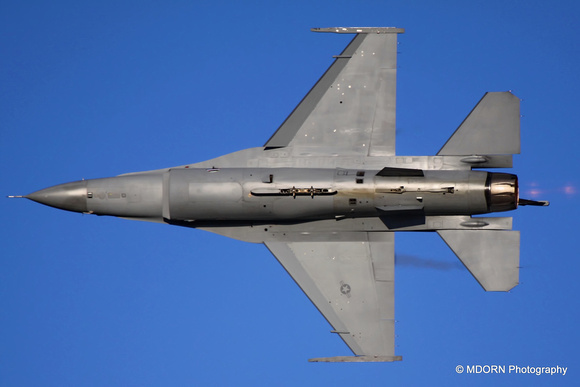good catch.
As to the highlighted question, only F-35 can do so because only F-35 and J-31 has one piece aileron. J-31 may put the actuators inside the side booms and use the limited space in the wing to house a rotation bar. F-35 can do the same if needed.
All other jets, J-20, F-22 and Su-57 have two piece ailerons, the inboard ones can do the same if the booms have enough "thickness", but the outboard bumps will remain unless some "dark" technology exists to miniaturize the actuators.
The next natural question would be why the one piece vs. two pieces ailerons? My guess is that the different performance requirements of the two type of aircraft (based on current aerodynamic knowledge) dictates the choice. Air Superiority vs. Multirole. Given the same understanding of how air flow works, one choice is always superior other the other in their given requirement.
The odd thing is F-16 and F-15's are hidden while the F-22 is bulging. Why's the US, Russian and Chinese stealth air-superiority platforms having bulging ones? Flanker and JF-17 are hidden too.
Sorry for dragging on this item but the more I look at pictures the more intriguing it is.




